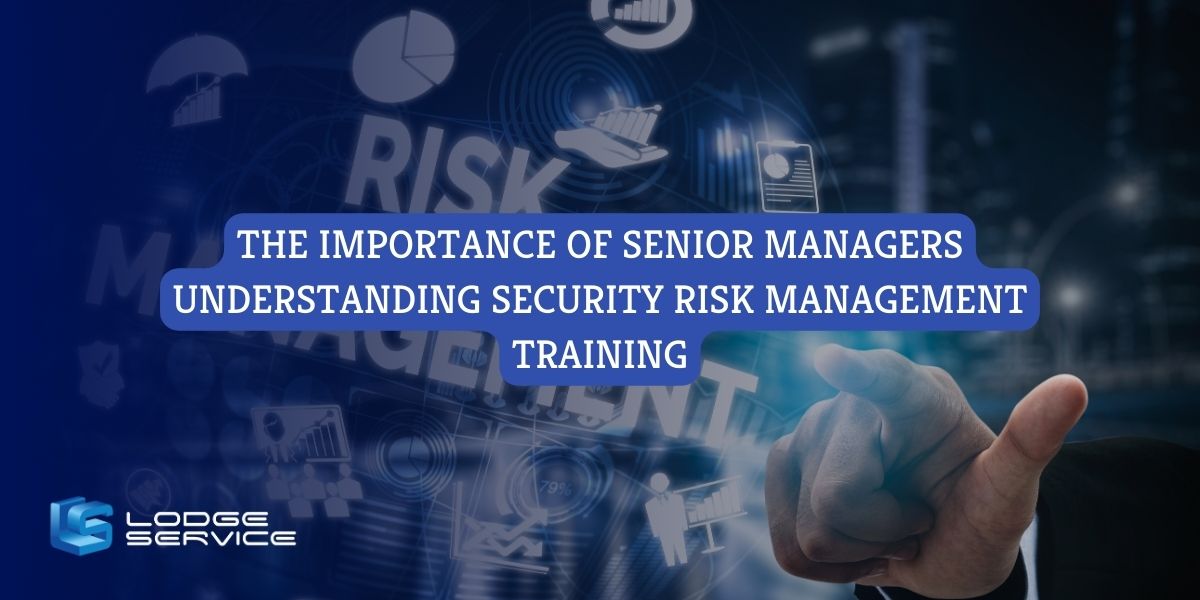The Vital Relevance of Risk Management in Achieving Organizational Goals
This is where Risk Management steps in, providing an organized strategy to determining, analyzing, and mitigating possible barricades to proceed. As we discover the essential role of Risk Management in attaining organizational goals, one can not help but ask yourself: how does this translate into real-world success?
Understanding the Principle of Risk Management in Organization

The Important Role of Risk Management in Strategic Planning
Incorporating Risk Management into tactical planning acts as a secure for companies, anchoring their long-lasting plans with a solid foundation of preparedness and resilience. Risk Management offers a structure for expecting unpredictabilities and designing appropriate responses, making sure the organization's survival and success even in the face of misfortune. By incorporating Risk Management right into tactical preparation, companies can transform these uncertainties into possibilities for growth and innovation.

Methods for Identifying, Assessing, and Prioritizing Threats
Browsing the complicated landscape of threats requires the application of certain methods for their recognition, assessment, and prioritization. The procedure starts with Risk recognition, utilizing devices such as SWOT evaluation, which assists in pinpointing prospective risks and chances. Next off, Risk assessment is carried out to determine the prospective effect and likelihood of each Risk. Tools such as Risk matrices and impact-probability graphes are utilized for this. Dangers are prioritized based on their potential influence and likelihood, permitting organizations to focus their resources on high-priority threats. This organized technique makes sure a detailed understanding of the Risk landscape, making it possible for companies why not check here to make enlightened decisions my latest blog post and properly manage dangers to achieve their goals - importance of risk management.
Protecting Business Operations With Efficient Risk Management
In business landscape fraught with uncertainties, effective Risk Management plays an essential function in safeguarding business operations. It works as a safety guard, alleviating the adverse results of potential risks and ensuring the smooth performance of all procedures. By determining and assessing prospective threats, Risk Management allows companies to develop durable backup strategies. This preventive method aids in preserving functional security, even when faced with unanticipated scenarios. Essentially, Risk Management is the lifeline that maintains the business procedures afloat among stormy waters. It ensures not only the survival however the lasting growth of an organization, making it an important device in attaining business goals. For this reason, organizations have to spend in thorough Risk Management strategies to safeguard their procedures.

Transforming Potential Dangers to Opportunities: The Power of Risk Management
An aggressive technique to take the chance of Management includes determining, evaluating, and focusing on threats to design approaches that transform them into potential advantages. Therefore, by leveraging the power of Risk Management, companies can not only safeguard their procedures yet additionally stimulate growth and achieve their objectives in an unforeseeable company environment.
Case Studies: Success Stories of Risk Management Driving Business Objectives
Successful implementation of Risk Management methods has actually produced excellent outcomes in different organizations, underscoring the merits of this strategy. International business like Microsoft and Google, for example, have leveraged Risk Management to decrease dangers and make use of possibilities, driving their service goals ahead. Microsoft's positive Risk Management method helped it pivot promptly throughout the 2020 pandemic, transitioning to remote job efficiently, thus maintaining performance. Google, by examining and alleviating prospective risks in its cloud-based solutions, has made certain undisturbed service, therefore reinforcing customer trust fund. These examples highlight exactly how successful Risk Management can not just steer organizations clear of potential risks but additionally assist them towards their critical goals. Thus, Risk Management is important to the quest of business goals.
Verdict
In visit the website conclusion, Risk Management is basically crucial in accomplishing organizational goals. By incorporating Risk Management right into tactical planning, businesses can better navigate uncertainties, safeguard procedures, and capitalise on possibilities, therefore straightening with lasting purposes.
At its core, Risk Management is the procedure of identifying, analyzing, and attending to possible hazards that could negatively impact an organization's procedures or objectives. Next off, Risk evaluation is carried out to determine the possible effect and possibility of each Risk. Risks are focused on based on their prospective impact and chance, enabling organizations to concentrate their sources on high-priority threats. By recognizing and evaluating potential threats, Risk Management enables companies to develop robust backup strategies. A proactive method to risk Management involves recognizing, assessing, and focusing on risks to design methods that turn them right into prospective advantages.